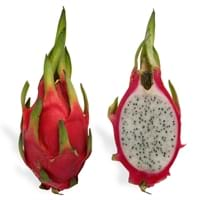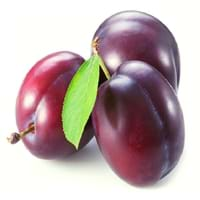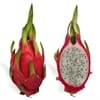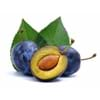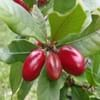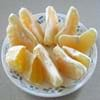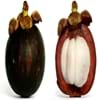Health Benefits
Anti-oxidant properties, Anti-aging benefits, Maintains healthy cholesterol level, Weight loss properties
Cancer prevention, Cures gastro-intestinal troubles, Heart care, Increase in haemoglobin, Prevents diabetes
General Benefits
Helps in weight loss, Suppresses Arthritis
Anti-inflammatory properties, Boosts immune system, Digestive aid, Eye care, Flu treatment, Helps in weight loss, Maintains healthy cholesterol level, Treatment of common cold
Skin Benefits
Anti-aging benefits, Heals sunburn, Treatment of acne
Anti-aging benefits, Brightens and lightens complexion, Reduces wrinkles, Skin revitalization, Treatment of dark spots
Hair Benefits
Treatment of colored hair
Prevents hair loss, Promotes longer and healthier hair, Protects hair, Remedy for split ends, Treatment of dandruff
Allergy Symptoms
NA
Abdominal pains, Anaphylaxis, Vomiting
Side Effects
NA
Allergic reaction
Lactating Women
Not Available
Yes
Best Time to Eat
Any time except an hour after meal, Don't consume at night and before bed
As a snack in the late afternoon, Eat the fresh ones, avoid mixing with any other foods, don't eat after meal., Morning time (before lunch)
Vitamin A (Retinol)
Not Available
Vitamin B5 (Pantothenic Acid)
Not Available
Vitamin B6 (Pyridoxin)
Not Available
Vitamin B9 (Folic acid)
Not Available
Vitamin C (Ascorbic Acid)
Vitamin E (Tocopherole)
Not Available
Vitamin K (Phyllochinone)
Not Available
Lutein+Zeaxanthin
Not Available
Phytosterol
Not Available
Calories in Fresh Fruit with Peel
Calories in Fresh Fruit without Peel
Not Available
Not Available
Calories in Frozen Form
Not Available
Calories in Dried Form
Not Available
Calories in Canned Form
Not Available
Calories in Pie
Not Available
Type
Berry, Citrus, Fruit vegetable, Melon, Tree fruit, Tropical
Tree fruit
Season
Early fall, Summer
Summer
Varieties
Selenicereus megalanthus and Hylocereus polyrhizus
Victoria, President, Czar, Ariel, Avalon and Oullins Gage
Color
Magenta, Pink
Pink, Purple, Red
Inside Color
White
Yellow
Taste
Bland
Juicy, Sweet, Tart
Origin
Central America, Mexico
Caucasus
Soil Type
NA
Clay, Loam, Sandy loam
Climatic Conditions
NA
Cold
Facts about
NA
- In china, plums are used for production of wine.
- A chemical called amygdalin found in plum seeds, turns into toxic compound in human body.
- Plum tree produces fruit 3-5 yrs after planting.
Other Countries
NA
Bosnia, Chile, India, Iran, Italy, Romania, Serbia, Turkey, United States of America
Top Importer
China
United Kingdom
Top Exporter
Vietnam
Chile
Botanical Name
Hylocereus undatus
Prunus domestica
Synonym
Pitaya, Red Pitahaya, Night blooming Cereus, Strawberry Pear, Belle of the Night, Conderella plant
Not Available
Subkingdom
Tracheobionta
Tracheobionta
Division
NA
Magnoliophyta
Class
Not Available
Magnoliopsida
Subclass
Liliidae
Rosidae
Order
Caryophyllales
Rosales
Family
Cactaceae
Rosaceae
Species
H. undatus
P. domestica
Generic Group
Cactus
Rose
Difference Between Dragonfruit and Plum
We might think that Dragonfruit and Plum are similar with respect to nutritional value and health benefits. But the nutrient content of both fruits is different. Dragonfruit and Plum Facts such as their taste, shape, color, and size are also distinct. The difference between Dragonfruit and Plum is explained here.
The amount of calories in 100 gm of fresh Dragonfruit and Plum with peel is 60.00 kcal and 46.00 kcal and the amount of calories without peel is Not Available and Not Available respectively. Thus, Dragonfruit and Plum belong to Low Calorie Fruits and Low Calorie Fruits category.These fruits might or might not differ with respect to their scientific classification. The order of Dragonfruit and Plum is Caryophyllales and Rosales respectively. Dragonfruit belongs to Cactaceae family and Plum belongs to Rosaceae family. Dragonfruit belongs to Hylocereus genus of H. undatus species and Plum belongs to Prunus genus of P. domestica species. Beings plants, both fruits belong to Plantae Kingdom.
